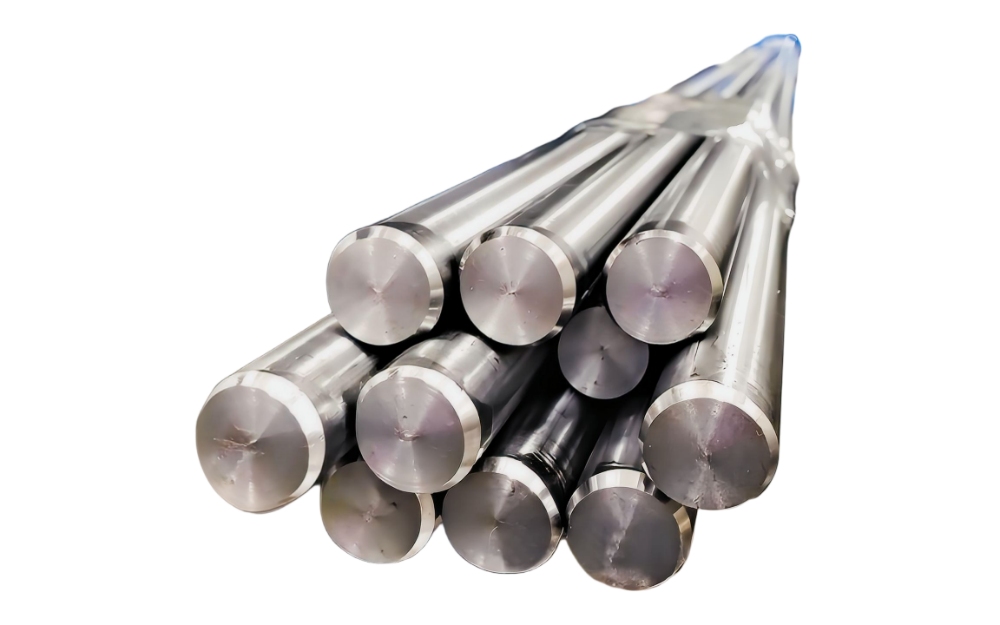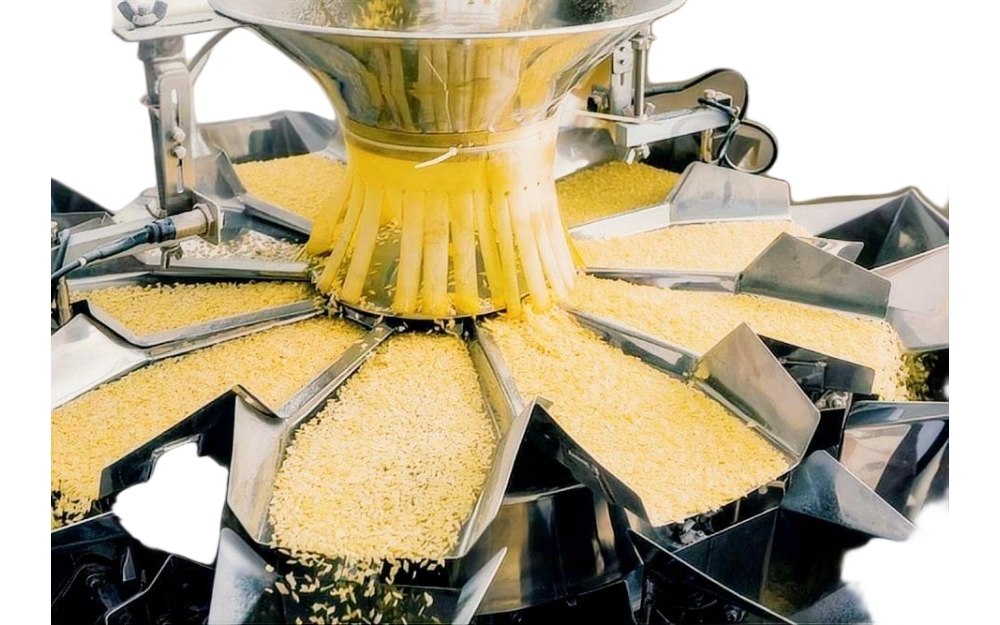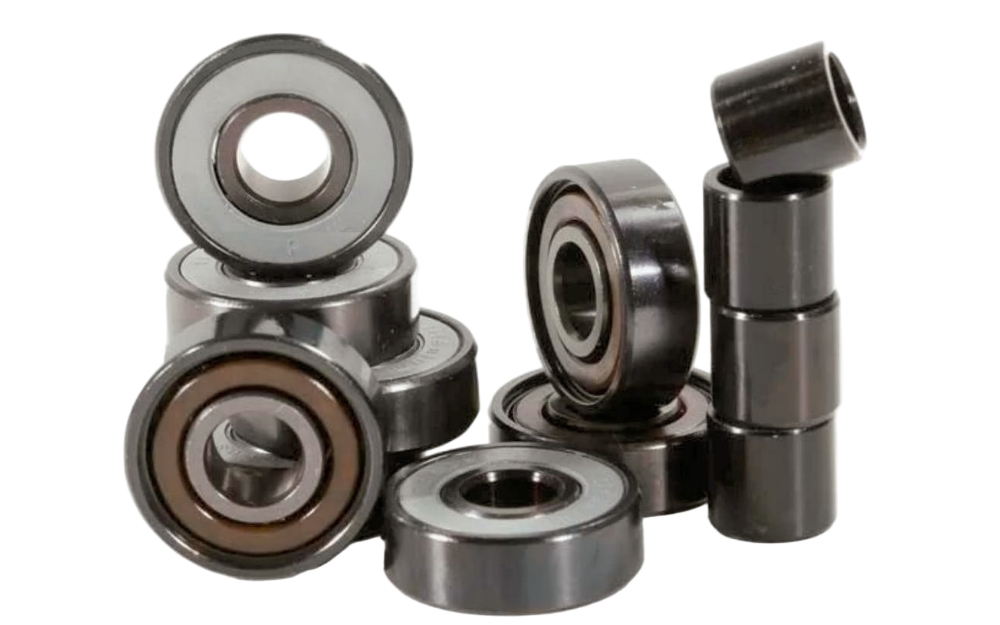In the world of mechanical components, bearings might not be the flashiest parts, but they are undoubtedly essential. And in recent years, an exciting evolution has taken place—bearings are getting smaller, smarter, and stronger. Miniature bearings, often less than 10 mm in outer diameter, are driving a revolution in compact technology, especially in the booming fields of wearable electronics and medical devices. These tiny components are not just mechanical marvels—they’re enablers of life-saving innovations and next-gen consumer tech.
What Are Miniature Bearings, Really?
At their core, miniature bearings function just like their larger counterparts: they reduce friction between moving parts and support loads. But when scaled down to millimeter sizes, their engineering becomes far more precise and specialized.
These bearings are typically ball bearings with deep grooves, allowing for high rotational speeds, smooth motion, and durability—even in extremely small spaces. They're often made of stainless steel, ceramic hybrids, or even titanium alloys, depending on the performance requirements.
And here's the kicker: even though they’re tiny, they still have to withstand demanding environments—ranging from human body temperatures and moisture to the high-vibration zones inside motors or pumps.
Why Size Matters in Wearables and Medtech
The demand for miniaturization in technology is relentless. Whether it's smartwatches, fitness trackers, hearing aids, or implantable medical devices, engineers are constantly racing to pack more performance into smaller volumes. Miniature bearings allow critical parts to rotate, oscillate, or slide—without adding bulk, noise, or heat.
Let's break down a few real-world examples:
1. Smartwatches and Fitness Trackers: The Daily Bear-ing Load
Ever wondered how your smartwatch motor can create those satisfying vibrations or power a rotating bezel? Miniature bearings make it possible. Small motors with micro-bearings allow moving parts to function with minimal power consumption, which is critical in battery-powered wearables.
The low-friction performance also improves haptic feedback mechanisms—making vibrations feel sharp, precise, and comfortable, rather than mushy or delayed.
2. Hearing Aids: Silent, Compact, and Durable
Modern hearing aids are tiny computers in your ear. Inside them, micro-mechanical parts adjust sound levels and frequencies in real time. Bearings used here must be:
Whisper-quiet
Resistant to corrosion (from sweat and moisture)
Long-lasting, ideally maintenance-free
Ceramic or stainless steel miniature bearings are often used for mini-drives, ventilation components, and adjustment mechanisms in hearing aids.
3. Implantable Medical Devices: No Room for Error
This is where miniature bearings become life-critical. In implanted drug pumps, cardiac assist devices, or microsurgical tools, there is zero margin for failure. These bearings must meet:
Biocompatibility standards (e.g., ISO 10993)
High resistance to body fluids
Challenges in Manufacturing and Assembly
While exciting, producing miniature bearings is no small feat. The tolerances involved are micron-level, and even a speck of dust can ruin a bearing during assembly. Manufacturers use:
Cleanroom assembly lines
High-speed CNC machining
Laser-based inspection systems
Automated robotic handling to prevent contamination
This means high cost and complexity—but also high-performance reliability, which is exactly what wearables and medtech demand.
Sustainability: Small Bearings, Big Environmental Benefits
Miniature bearings also contribute to sustainability:
Their low-friction design reduces energy usage in motors
They enable longer product life cycles by minimizing wear
Some manufacturers are exploring bio-based polymers and recyclable alloys
As the world focuses on greener tech, miniature bearings are quietly playing a supporting role.
Miniature bearings are proving that size isn't everything. As they quietly rotate inside our smartwatches, enhance our hearing aids, or enable life-saving medical devices, these tiny components are shaping the future of tech—making it more personal, portable, and powerful.
So, the next time you feel a pulse on your wrist, hear a crystal-clear sound, or witness a surgical robot in action—remember: somewhere inside, a miniature bearing is doing its mighty job.
 Five key factors affecting bearing precision: Check if your bearings meets the requirements?
Five key factors affecting bearing precision: Check if your bearings meets the requirements?
 What are "food and beverage grade bearings"?
What are "food and beverage grade bearings"?
 Why are skateboard bearings more expensive than race car bearings?
Why are skateboard bearings more expensive than race car bearings?


